
การติดตั้งหัวแจ็ค แบบBalance
ให้ระยะการส่งสัญญาณไปได้ไกล โดยไม่มีสัญญาณรบกวน หรือมีน้อยมาก(หากมีการใช้งานสายที่ยาวและไกลกว่า 80เมตร)
The cables used in an audio system—and how they’re put together—can have a major impact on the sound of the system. Every cable in an audio system has the potential to add noise and to compromise the sound quality of the components it connects, so it’s important to use the right cable for the right job. That starts with understanding the kinds of signals the cables are carrying.
There are two main issues to consider here: the level of the signal and the signal type. We’ll set aside signal level for a future post and focus for now on whether the signals are balanced or unbalanced.
Unbalanced Cables and Signals
An unbalanced cable consists of two connectors with two conductors each, connected by two wires inside the cable—a signal wire and a ground wire. You can quickly (in most cases) identify a cable designed to carry an unbalanced signal by its connectors: because each wire has to terminate at the connector with its own contact point, an unbalanced cable requires only two conductors at the connector. A standard TS (or “tip-sleeve”) guitar cable is the unbalanced cable you’ll run into on stage most. Standard RCA cables used for many AV components are also unbalanced cables.
Inside the cable itself, the signal wire is typically in the center of the cable with the ground wire surrounding it. The ground wire serves two functions—it carries part of the audio signal and serves to shield the main signal wire to some degree from outside interference from noise such as the hum from lights and transformers, as well as RF (radio frequency) interference that comes from TV and radio transmissions. It does a decent job of rejecting noise, but unfortunately, the wire itself also acts like an antenna and picks up noise.
Balanced-vs-Unbalanced-2
Unbalanced wiring uses just two conductors and is susceptible to picking up noise.
Unbalanced cables work great for connecting a guitar to an amp, for instance, but because they are not very good at suppressing noise from outside interference, unbalanced cables should have a maximum length of 15-20 feet (4-6 meters), especially when used in noisy environments and with signals that are low level to begin with, such as those from keyboards, guitars,
Balanced Cables and Signals
A balanced cable, by contrast, has three conductors in the connector and three wires in the cable: two signals wires plus a separate ground wire. As in the unbalanced cable, the ground wire still surrounds the signal wires and is used as a shield against interference. But what makes a balanced cable special is the way the gear utilizes that extra signal wire.
A balanced XLR cable (above) showing its two signal wires and its ground (with a foil shield) compared with a typical 2-conductor TS guitar cable (below).
A balanced XLR cable (above) showing its two signal wires and its ground (with a foil shield) compared with a typical 2-conductor TS guitar cable (below).
Balanced cables use two signal wires; both carry a copy of the signal, but the two copies are sent with their polarity reversed. If you sum two signals that are identical but are reversed in polarity, the signals cancel out, leaving you with silence. (Just like adding positive and negative numbers: +15 added to -15 equals 0.)



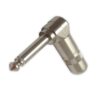

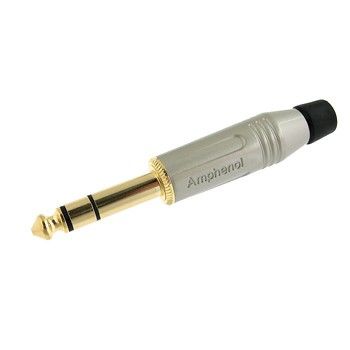

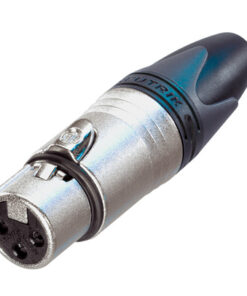

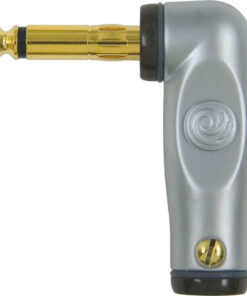

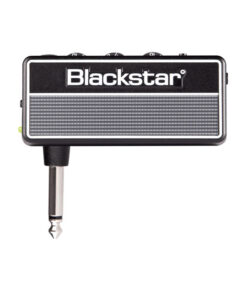


Reviews
There are no reviews yet.